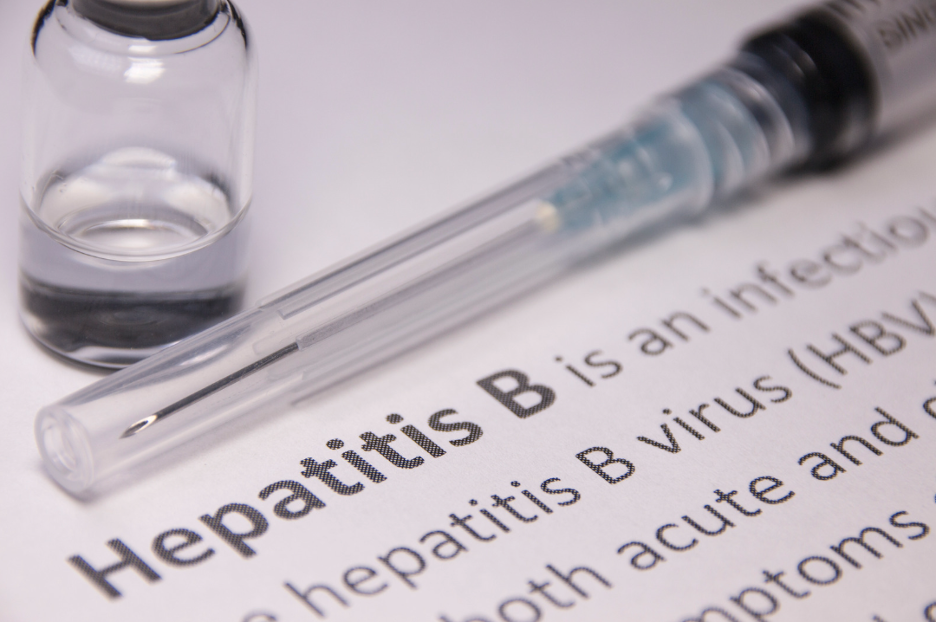Recently the world’s largest cyber-attack unleashed its havoc across 150 countries crippling more than 300,000 victims and hundreds of organizations worldwide. Hospitals, universities, government offices, and large business were among those affected, including sixteen NHS hospitals in the UK. Many of them had to cancel surgeries, appointments, and send patients elsewhere due to the fallout.
The good news is the virus has been stopped through a kill switch accidentally discovered by a security researcher. Though it’s unclear who the attackers are, authorities do know the origin of the ransomware. Experts also warn that criminals may release newer versions of the malware, so the threat is still far from over.
Cyber-attacks have been on the rise, specifically within the healthcare industry. In fact, 88% of all ransomware attacks occur in healthcare organizations. (1) Unlike other industries, healthcare has more to lose when it comes to data theft. Patients health information (PHI) sells for more than any other kind of data because it contains highly sensitive information such as social security number, birth dates, addresses, payment information, and health information. If this data cannot be accessed, it could be critical for patient care, making healthcare organizations most vulnerable. In addition, hospitals use many different systems which provide cyber-criminals with more entry and pivot points to exploit.
Many experts believe this global cyber-attack is a wake-up call to organizations and individuals around the world, to install updates and patches on their systems in order to reduce vulnerabilities.
So how can individuals and organizations protect their data?
Individuals:
- Run a Windows Update to get the latest software to avoid an attack.
- Back up files and store the safety version in the cloud or on a drive that is not connected to your computer.
- Use a robust antivirus software.
- Keep software on your computer up-to-date. Enable automatic updates.
- Never open attachments in emails from someone you don’t know. (3)
Organizations:
- Ensure latest Microsoft security patches and ensure anti-virus programs are up to date.
- Be sure to back up all key data and scan all emails for malicious attachments.
- Organizations should also educate and train all employees on security awareness and how to identify malicious links or attachments that may contain viruses.
Cyber-terrorism is a serious threat that is here to stay. Now more than ever the importance of proper training and security solutions are necessary to protect organizations, individuals, and patients.
References:



